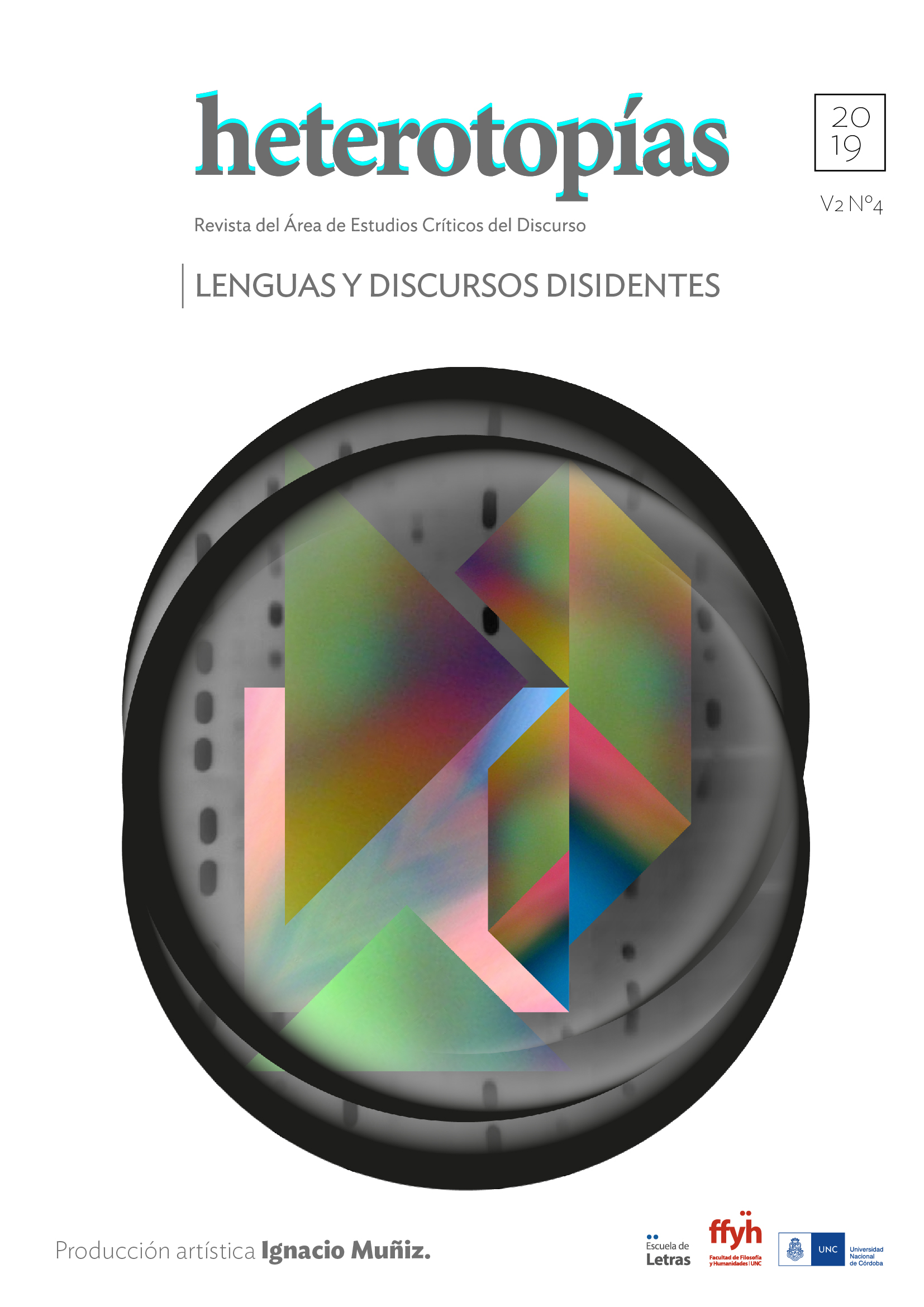Drugs, work, literature: the dealer’s figure in the wild detectives by Roberto Bolaño
Main Article Content
Abstract
Our reading of Bolaño’s novel reveals the literary dealer-poet-detective figure and his revulsive capacity to outwit the productivist labor imperative and the art consecration, at the same time. We shift the focus of a certain romanticization of the psychoactive stimuli in relation to the artistic creation to attend the posibilities of a liberation economy that restores the aesthetics dimention of his very own existence to the subject.
Downloads
Article Details
Those authors who have publications with this journal, accept the following terms: Those authors who have publications with this journal, accept the following terms:
a. The authors will keep their copyright and guarantee to the journal the right of first publication of their work, which will be simultaneously subject to the Creative Commons Attribution - Non-Commercial - Share Alike (by-nc-sa) Attribution License; no commercial use of the original work or any derivative works is allowed, the distribution of which must be done with a license equal to the one that regulates the original work.
b. Authors may adopt other non-exclusive license agreements for the distribution of the published version of the work (e.g., deposit it in an institutional telematic archive or publish it in a monographic volume) provided that the initial publication in this journal is indicated.
c. Authors are allowed and recommended to disseminate their work through the Internet (e.g. in institutional telematic archives or on their website) before and during the submission process, which may lead to interesting exchanges and increase the number of citations of the published work. (See The effect of open access).
How to Cite
References
Bolaño, R. (1998). Los detectives salvajes. Barcelona: Anagrama.
Bolaño, R. (2013). Entre paréntesis. Barcelona: Anagrama.
Braithwaite, A. (2011). Bolaño por sí mismo. Entrevistas escogidas. Santiago de Chile: Ediciones Universidad Diego Portales.
Buck-Morss, S. (octubre, 1992). Aesthetics and Anaesthetics: Walter Benjamin’s Artwork Essay Reconsidered, 62, pp. 3-41.
Carneiro, H. (julio, 2002). A fabricação do vicio. Ponencia en la conferencia La construcción del vicio como enfermedad. XIII Encuentro Regional de Historia (Anpuh, MG), Belo Horizonte.
Careri, F. (2002). Walkscapes. El andar como práctica estética. Barcelona: Editorial Gustavo Gili.
Deleuze, G. y Guattari, F. (2012). Tratado de nomadología: la máquina de guerra. En Mil mesetas (capitalismo y esquizofrenia). Valencia: Pre-textos.
Derrida, J. (1995). Retóricas de la droga. Revista Colombiana de Psicología, 4, pp. 33-44.
Labrador Méndez, G. (2009). Letras arrebatadas. Poesía y química en la transición española. Madrid: Devenir Ensayo.
Madariaga, M. (2010). Bolaño infra: 1975-1977. Los años que inspiraron “Los detectives salvajes”. Santiago de Chile: RIL Editores.
Maffesoli, M. (2005). El Nomadismo. Vagabundeos iniciáticos. México DF: Fondo de Cultura Económica.
Marez, C. (2004). Drug Wars: The Political Economy of Drug Wars. Minneapolis: University of Minnesota Press.
Paz, O. (2005). Los hijos del limo. Guadalajara: Ligeia.
Piglia, R. (2014). Crítica y ficción. Buenos Aires: Contemporánea.
Rancière, J. (2011). Política de la literatura. Buenos Aires: Libros del Zorzal.
Simón, G. y otros (2012). El vocabulario de Roland Barthes. Córdoba: Comunicarte.
